Kew Gardens celebrates Donald Insall restoration of Temperate House

After a five-year-long restoration, the Royal Botanic Gardens Kew has reopened Temperate House, the largest remaining Victorian glasshouse in the world and a UNESCO World Heritage Site. Covering 4,880 sq m and housing a staggering 1,500 species from temperate regions around the world, this is one of the most striking centres of plant research today. Donald Insall Associates was the project’s conservation architect, as part of a multi-disciplinary team charged with repairing, restoring and bringing the historical building back to life.
Originally designed by architect Decimus Burton in the late 1850s, Temperate House served as a place for the preservation and display of the British horticultural collection that was expanding at that time. Influenced by the Industrial Revolution, this large glasshouse project was executed in wrought and cast iron and glass, and took almost 40 years to complete. Through essential new interventions, the restoration process has returned Temperate House to its original design, equipped with electrical systems that are connected to a weather station and internal monitoring network in order to provide the best possible atmospheric conditions.
‘The restoration of the Temperate House has been a complex and immensely rewarding project, recalibrating contemporary understanding of Victorian architecture and the development of past innovations’, says Aimée Felton, associate at Donald Insall Associates and lead architect on the project. ‘New glazing, mechanical ventilation systems, path and bedding arrangements all took their founding principles from Decimus Burton’s own drawings, held within Kew’s archives.’
Composed of 45,000 sheets of float glass, the 180-metre-long structure is organised into five interconnected spaces designed in the form of a dream – a vision of different places, spectacular forms of nature, and threatened wildlife species that existed long before humans. Featuring a 12m high circular mezzanine, the central hall is for the largest plants, bridged by two lower octagonal side wings – the Mexican House and the Himalaya House – and their annexes. A variety of trees and rare species such as Dombeya mauritiana and Encephalartos woodii, in addition to other exotic plants, grow within. Soft light and fresh air fill the space. Creating a place that feels serene and intimate, this beautifully orchestrated building stands within 132 hectares of landscaped gardens overlooking the flowing Thames nearby.
‘It’s been amazing watching this project unfold, the building emerge gloriously and some of the world’s rarest plants safely reach their home,’ says Richard Barley, director of horticulture. ‘this is world class horticulture, science and design working together to create something truly impressive.’
Historically, aside from their practical function, winter gardens have also served an important representational purpose, celebrating plant life and introducing valuable information to the wider public. Today, while more common, they still play an essential role in the exploration and preservation of extinct species, and have always provided us with moments of enchantment through their magnificent appearance and unusual contents. Just as unique in this way, the elegant silhouette of the Temperate House floats on the landscape, shedding new light on the importance of nature and its fragile beauty.

Opening to the public tomorrow, the restored glasshouse is the largest remaining Victorian structure of its kind in the world.
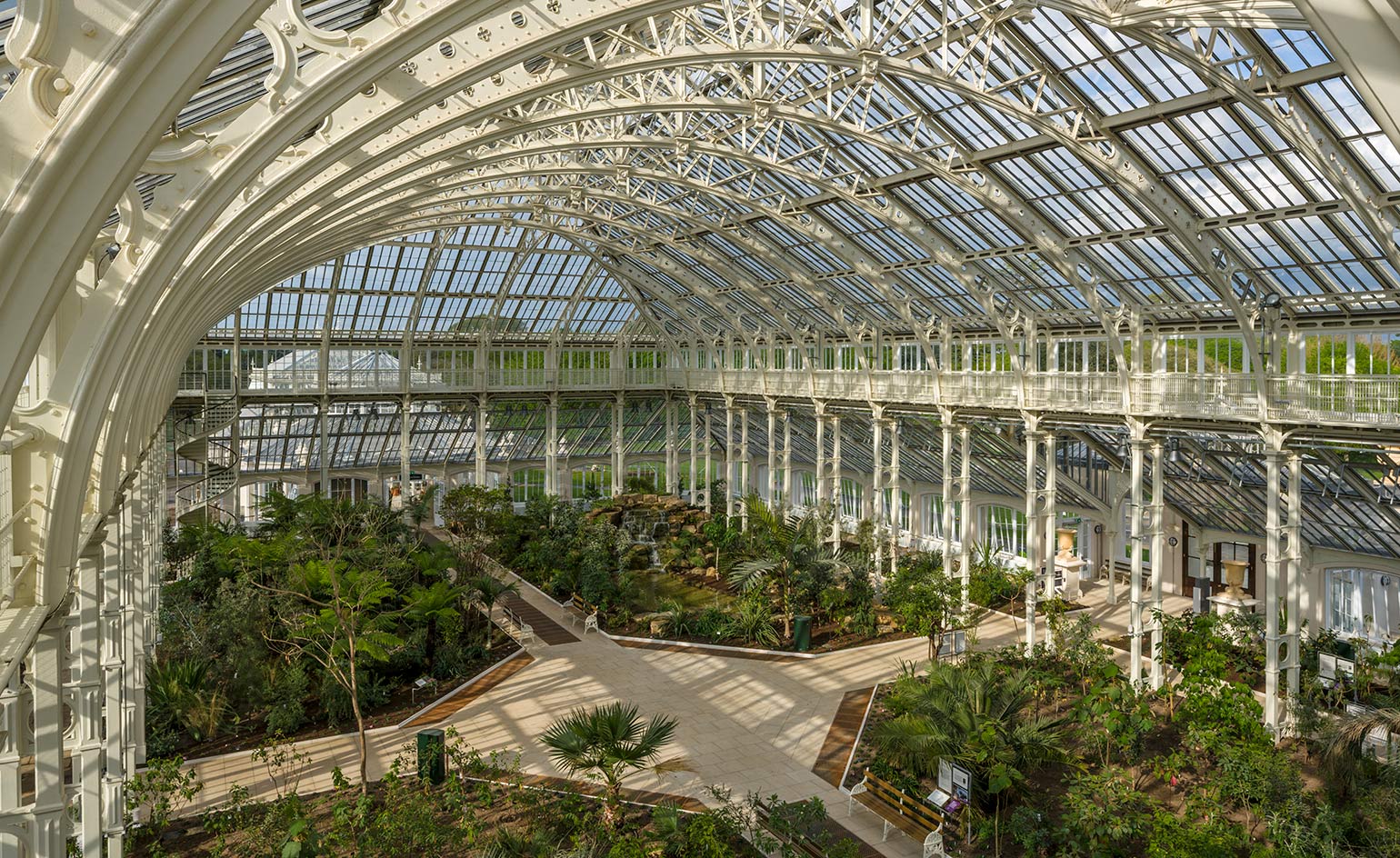
This glasshouse was originally designed by architect Decimus Burton in the late 1850s.
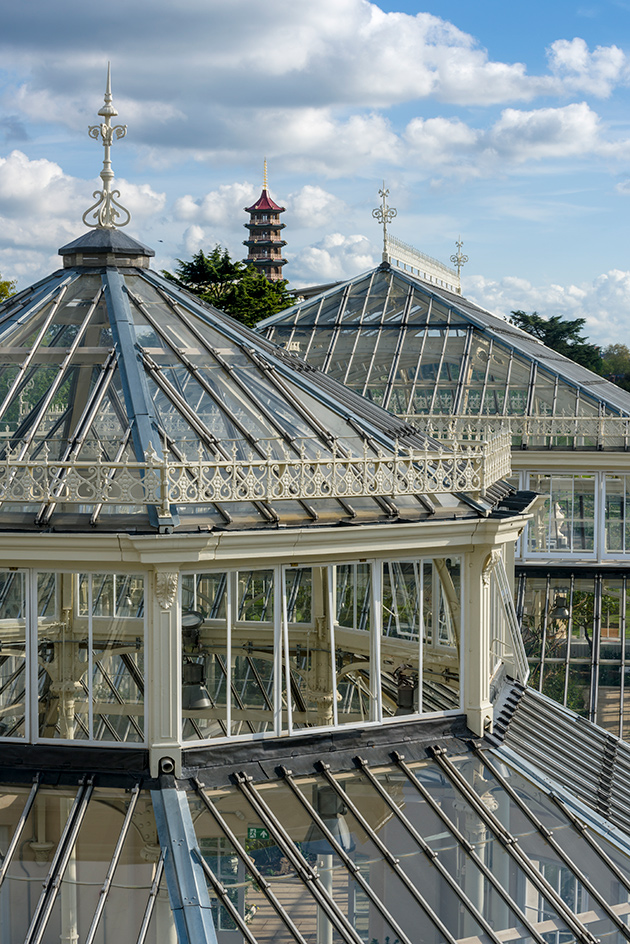
The restoration team was careful about maintaining the structure's historical features, but discreetly adding 21st-century equipment were needed.
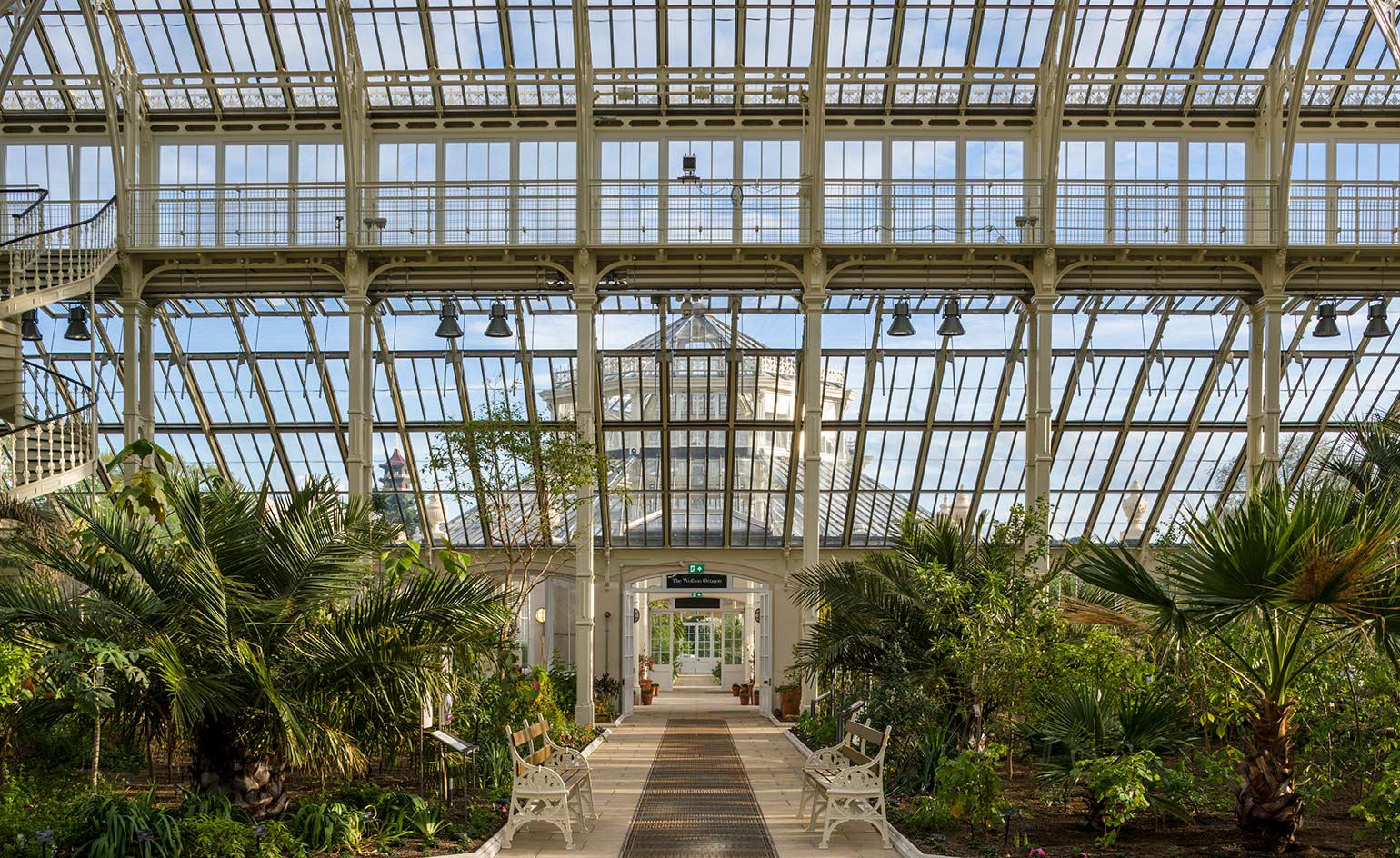
Composed of 45,000 sheets of float glass, the 180-metre-long glasshouse is organised into five interconnected areas.
INFORMATION
For more information visit the website of Donald Insall Associates
Receive our daily digest of inspiration, escapism and design stories from around the world direct to your inbox.
-
 Pierre Yovanovitch on reviving French design house Ecart, and the ‘beautiful things’ ahead
Pierre Yovanovitch on reviving French design house Ecart, and the ‘beautiful things’ aheadTwo years after acquiring Ecart, Yovanovitch unveils his plans for the design house founded by Andrée Putman and now relaunched with a series of reissues by American-Hungarian émigré Paul László
-
 Rome’s hottest new bar is a temporary art installation – don’t miss it
Rome’s hottest new bar is a temporary art installation – don’t miss itVilla Lontana presents ‘Bar Far’, a striking exhibition by British artists Clementine Keith-Roach and Christopher Page, where nothing is what it seems
-
 Apple unveils Creator Studio, a new subscription service for its top-tier creative apps
Apple unveils Creator Studio, a new subscription service for its top-tier creative appsApple Creator Studio brings together Logic Pro, Final Cut Pro and a host of other pro-grade creative apps, as well as a new level of AI-assisted content search
-
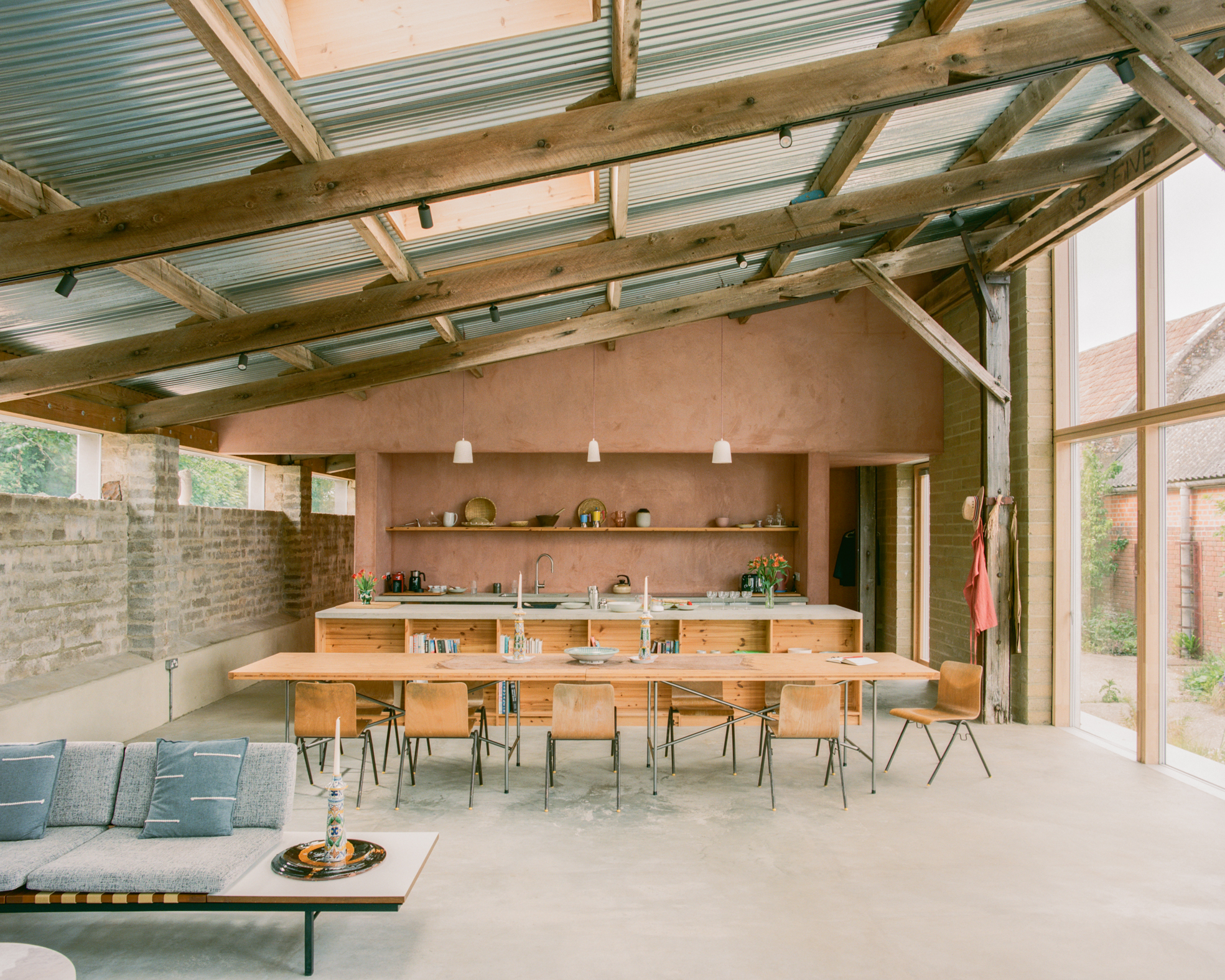 Wallpaper* Architect Of The Year 2026: Je Ahn of Studio Weave on a building that made him smile
Wallpaper* Architect Of The Year 2026: Je Ahn of Studio Weave on a building that made him smileWe ask our three Architects of the Year at the 2026 Wallpaper* Design Awards about a building that made them smile. Here, Je Ahn of Studio Weave discusses Can Lis in Mallorca
-
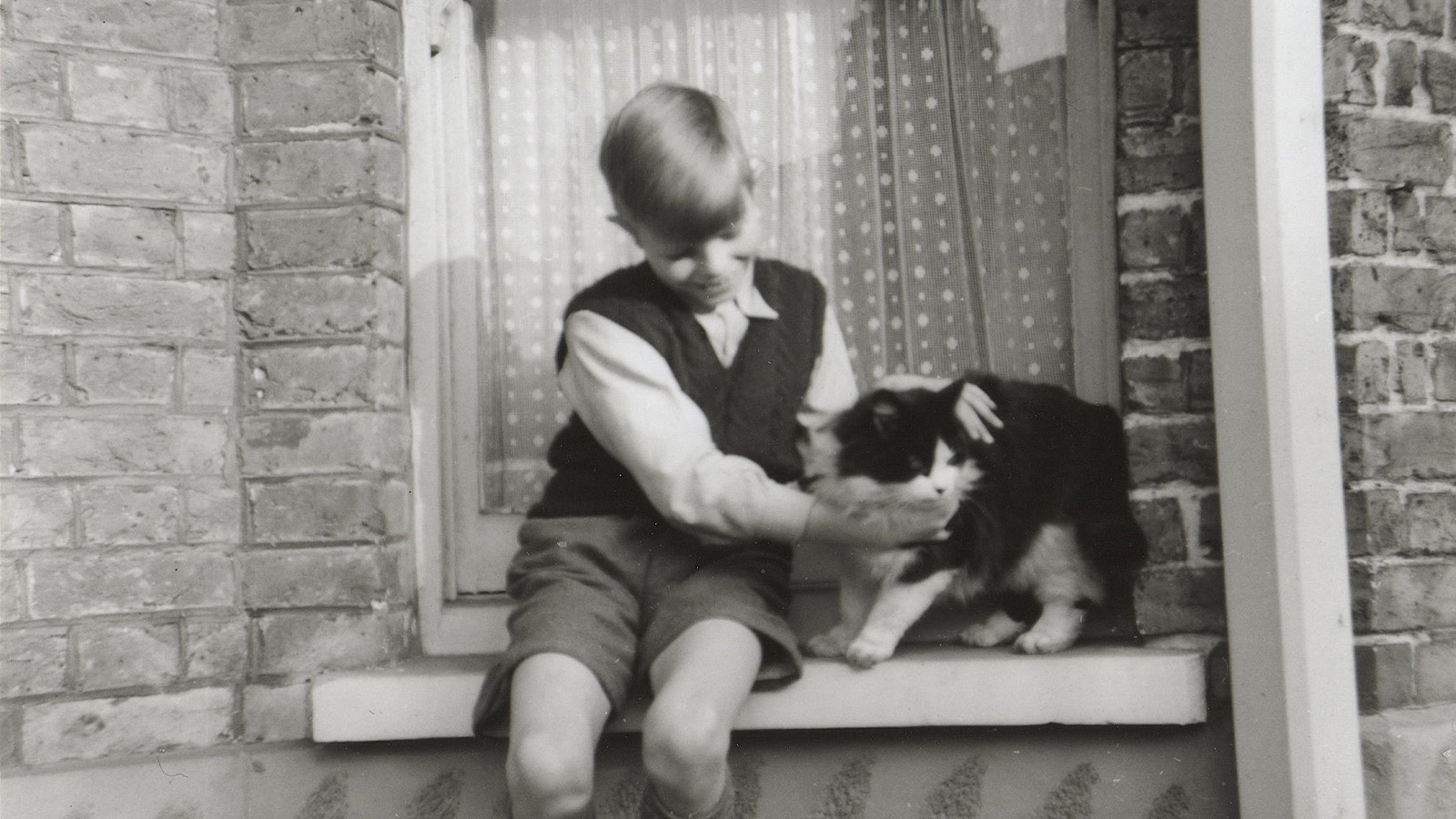 You can soon step inside David Bowie’s childhood home
You can soon step inside David Bowie’s childhood homeBy 2027, Bowie’s childhood home will be restored to its original 1960s appearance, including the musician’s bedroom, the launchpad for his long career
-
 Welcome to The Float House, proof that life on London’s canals can be warm and elegant
Welcome to The Float House, proof that life on London’s canals can be warm and elegantMoored on London’s Grand Union Canal, The Float House, designed by TiggColl Architects, reimagines what a houseboat can be
-
 Wallpaper* Design Awards: this rammed-earth house in Wiltshire is an eco exemplar
Wallpaper* Design Awards: this rammed-earth house in Wiltshire is an eco exemplarTuckey Design Studio’s rammed-earth house in the UK's Wiltshire countryside stands out for its forward-thinking, sustainable building methods – which earned it a place in our trio of Best Use of Material winners at the 2026 Wallpaper* Design Awards
-
 Fulham FC’s new Riverside Stand by Populous reshapes the match-day experience and beyond
Fulham FC’s new Riverside Stand by Populous reshapes the match-day experience and beyondPopulous has transformed Fulham FC’s image with a glamorous new stand, part of its mission to create the next generation of entertainment architecture, from London to Rome and Riyadh
-
 This modern Clapham house is nestled indulgently in its garden
This modern Clapham house is nestled indulgently in its gardenA Clapham house keeps a low profile in south London, at once merging with its environment and making a bold, modern statement; we revisit a story from the Wallpaper* archives
-
 Step inside this perfectly pitched stone cottage in the Scottish Highlands
Step inside this perfectly pitched stone cottage in the Scottish HighlandsA stone cottage transformed by award-winning Glasgow-based practice Loader Monteith reimagines an old dwelling near Inverness into a cosy contemporary home
-
 This curved brick home by Flawk blends quiet sophistication and playful details
This curved brick home by Flawk blends quiet sophistication and playful detailsDistilling developer Flawk’s belief that architecture can be joyful, precise and human, Runda brings a curving, sculptural form to a quiet corner of north London